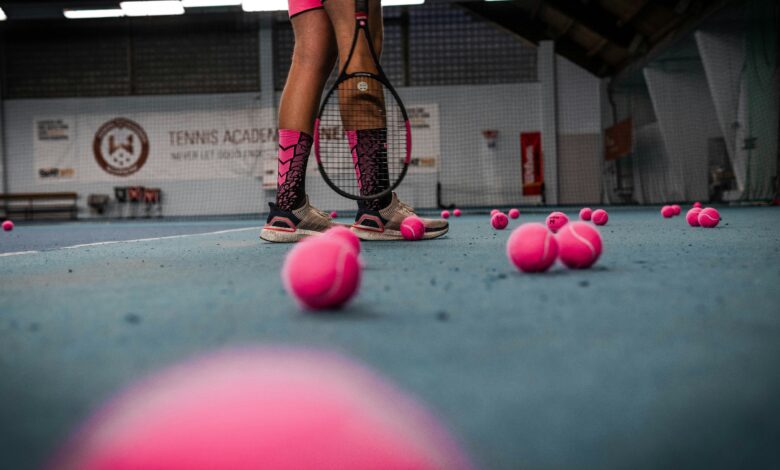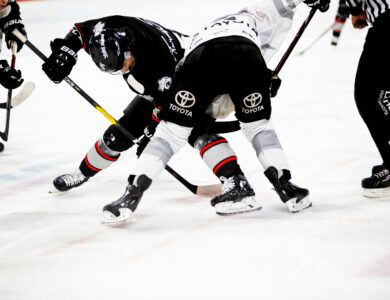
When it comes to achieving peak performance, athletes require a well-rounded training regimen that encompasses strength, endurance, flexibility, and agility. In this article, we will explore the best exercises for athletes to enhance their overall performance. We’ll cover a variety of training techniques and tips to help you maximize your potential on the field, court, or track.
1. Strength Training: Building a Solid Foundation
Strength training is essential for athletes as it enhances muscle power, prevents injuries, and improves overall athletic performance. Incorporating compound exercises that target multiple muscle groups is a great way to build a solid foundation. Here are some key exercises:
Squats
Squats are a fundamental exercise that targets the quads, hamstrings, glutes, and core. They help improve lower body strength and power, which are crucial for running, jumping, and changing direction quickly. Athletes should perform squats with proper form, keeping the back straight and lowering the hips until the thighs are parallel to the ground.
Deadlifts
Deadlifts are excellent for building posterior chain strength, which includes the lower back, glutes, and hamstrings. This exercise enhances overall power and stability, making it vital for athletes who need explosive movements. Focus on maintaining a neutral spine and engaging the core throughout the lift.
Bench Press
The bench press targets the chest, shoulders, and triceps, providing upper body strength necessary for sports like football, basketball, and baseball. Athletes should use a spotter for safety and ensure they maintain control of the bar throughout the movement.
2. Endurance Training: Building Stamina and Cardiovascular Fitness
Endurance is crucial for athletes to sustain high levels of activity over extended periods. Incorporating both aerobic and anaerobic exercises can help improve stamina and cardiovascular fitness.
Interval Training
Interval training involves alternating between high-intensity bursts of activity and periods of lower intensity or rest. This type of training is highly effective for improving cardiovascular fitness and endurance. For example, athletes can sprint for 30 seconds, then walk or jog for 60 seconds, repeating this cycle for 20-30 minutes.
Long-Distance Running
Long-distance running is a classic endurance-building exercise that enhances cardiovascular health and lung capacity. Athletes can incorporate steady-state runs into their training regimen, gradually increasing the distance over time. This type of training is particularly beneficial for sports that require sustained effort, like soccer, basketball, and track events.
Circuit Training
Circuit training combines strength and cardio exercises in a series of stations. This type of training keeps the heart rate elevated and improves both muscular endurance and cardiovascular fitness. Athletes can include exercises like burpees, push-ups, jump rope, and kettlebell swings in their circuits.
3. Flexibility and Mobility: Enhancing Range of Motion
Flexibility and mobility are often overlooked but are critical for athletes to prevent injuries and improve performance. Incorporating stretching and mobility exercises into a training routine can help athletes maintain a full range of motion and avoid muscle imbalances.
Dynamic Stretching
Dynamic stretching involves active movements that mimic the specific motions of the sport. This type of stretching helps increase blood flow and prepares the muscles for intense activity. Examples include leg swings, arm circles, and walking lunges.
Yoga
Yoga is an excellent practice for improving flexibility, balance, and mental focus. Many athletes incorporate yoga into their training to enhance their body’s flexibility and relieve muscle tension. Poses like the downward dog, pigeon pose, and warrior series are particularly beneficial.
Foam Rolling
Foam rolling, also known as self-myofascial release, helps release tight muscles and fascia, improving mobility and reducing the risk of injury. Athletes can use a foam roller to target areas like the quads, hamstrings, calves, and back.
4. Agility and Speed Training: Quickness and Coordination
Agility and speed are crucial for athletes who need to react quickly and change direction with precision. Incorporating agility and speed drills into training can improve coordination, balance, and overall athleticism.
Ladder Drills
Ladder drills are an effective way to improve footwork and coordination. Athletes can perform a variety of patterns, such as high knees, lateral shuffles, and in-and-out movements, to enhance quickness and agility.
Plyometric Exercises
Plyometric exercises, like box jumps, squat jumps, and lateral bounds, are explosive movements that improve power and speed. These exercises help athletes develop the ability to generate force quickly, which is essential for sports that require rapid acceleration and deceleration.
Cone Drills
Cone drills involve setting up cones in various patterns and performing drills that require quick changes of direction. This type of training improves an athlete’s agility and reaction time, making it beneficial for sports like soccer, basketball, and football.
Conclusion
For athletes aiming to reach their peak performance, a comprehensive training regimen that includes strength training, endurance exercises, flexibility and mobility work, and agility drills is essential. By incorporating a variety of exercises and training techniques, athletes can enhance their physical capabilities, prevent injuries, and excel in their chosen sport. Remember to listen to your body, prioritize proper form, and gradually increase the intensity of your workouts. With dedication and consistency, you can achieve optimal performance and become a better athlete.




